A couple months ago we reviewed Microsoft’s Lumia 640 XL, a large screen Windows Phone without the big price tag. We’ve been using the smaller sibling of the 640 XL for the past few weeks now and see how it compares in our Lumia 640 LTE review.
Specifications
- 5″ 720×1280 (~295ppi) IPS LCD display
- Qualcomm MSM8926 Snapdragon 400 Quad-core 1.2 GHz Cortex-A7 Processor
- 8GB Storage
- 1GB RAM
- Rear 8MP (3264×2448) camera; Front 1MP
- MicroSD expansion slot expandable up to 128GB
- Sensors: accelerometer, proximity, compass, sensor core
- 2500 mAh battery
- Wi-Fi 802.11 b/g/n with hotspot, Bluetooth 4.0, microUSB 2.0, NFC
- FM Radio
- microSIM card slot
- GSM/HSPA/LTE
Key Differences
Before we get into the 640 review, I just wanted to go over a few of the key differences between the 640 XL and the 640 LTE. For starters, the 640 features a 5″ screen as opposed to the 5.7″ on the 640 XL, both are 720p screens however so you get a higher ppi on the 640 (~295 vs ~259). Given that I didn’t notice the lower resolution on the 640 XL after extended use, it definitely wasn’t an issue on the 640 either. While both feature a Qualcomm Snapdragon 400 Quad-core 1.2 GHz Cortex- A7 Processor, the 640 we reviewed had the 8926 allowing for LTE reception, while the 640 XL we reviewed had the 8226 which doesn’t support LTE. Even though we didn’t review the LTE version of the 640 XL, it is available in an LTE variant. Being a bigger phone, the 640 XL came with a 3000mAh battery while the 640 sports a smaller 2500mAh battery. The last major difference is in the camera. The 640 XL features a 13MP (4128×3096) back and a 5MP front camera, while the 640 features a smaller resolution 8MP (3264×2448) back and 1MP front camera. Both devices do take 1080p video. There are a few minor design differences like the placement of the LED flash and speaker, but I’ll discuss those later.
As far as price goes, the 640 XL can be found for around $225USD and the 640 for as low as $100USD.
Design
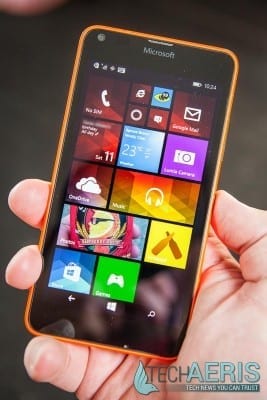
The Microsoft Lumia 640 has the same clean and non-descript design as the 640 XL (so you’ll have to pardon me if this bit sounds familiar). The screen is still set slightly above the body of the phone, and the entire back and sides are one plastic piece which comes off to access the SIM slot, microSD slot, and battery. The power and volume buttons sit on the right side of the phone, with the power button almost dead center. While the placement of the power button works great for one handed use on the larger 640 XL, I found my thumb now rested on the volume buttons and had to slide it down to access the power button. In my opinion though, this is a slightly better set up as you’re more likely to use your volume buttons as opposed to the power button in most situations.
The microUSB port is at the bottom of the phone and the headphone jack sits right in the middle of the top of the phone. The rear camera sits centered on the back of the phone near the top and juts out slightly with the LED flash to the left of it, while the single speaker is down in the bottom right of the phone when looking at the back. The Microsoft logo is also stamped across the back, and the Microsoft wordmark appears on the top of the front of the phone solidifying the Microsoft branding.
Our demo unit was bright orange, but it is also available in white, black, or blue.
Display
The screen on the Lumia 640 has a slightly higher ppi than the 640 XL due to it’s smaller screen size. For the most part, the screen is crisp and very readable when viewed at a normal distance. The text in some apps, like IM+ definitely looked a bit jagged though, especially when looking at it closely. I had no issues in viewing the screen in various lighting conditions and angles, the colours are rich and bright and there are four preset display modes (standard, vivid, cool, and advanced) which allow you to set up the colour temperature, tint, and saturation of your phone the way you want it.
Software
As expected, Windows Phone 8.1 ran just fine on the Lumia 640. I’ve always found the Windows Phone OS to be easy to navigate and nicely flows between screens and apps. The Live Tiles, Microsoft’s version of widgets, display relevant information for specific apps that support it, and being able to add, remove, position, and resize the home screen tiles allow you to customize your home screen to your liking.
While the settings page in Windows Phone 8.1 is streamlined by being broken down into categories, as mentioned in the 640 XL review it’s still one big list. After a bit of reading and research and determining that the Windows 10 Mobile Insider Preview wasn’t going to brick the phone, I took a chance and tried that out as well. The biggest thing I noticed was a big clean up and redesign in the settings section, a lot of the same section headers that appear in the 8.1 settings are now actual sections that collapse and expand when selected which really cleans up a lot of the space used in the settings, and more importantly makes it easier to find and access the settings you need.
And the elephant in the room… lack of Windows Phone apps. To be honest, the more I use Windows Phone devices, the less I miss the Google apps like Google+ and for the most part I’ve been able to get by with the offerings in the Windows Store. It was a welcome side effect when I went camping and had no access to group Hangouts and only web access to Google+ as my phone wasn’t constantly notifying me of new messages and posts. That being said, it’ll be interesting to see just how Android and iOS apps will run on Windows 1o Mobile.
Speakers
Microsoft moved the speaker on the Lumia 640 LTE to the lower right of the back of the phone and as a result, the sound on the device is a bit better than the 640 LTE but still not all that great, and suffers even more when placed on a flat surface as it’s then covered by the surface. When listening to music, I found that I’d have to place the phone face down for best sound results which required extra steps to check the track or switch to a new one.
Performance
I didn’t have any issues with any apps or games I tried out, and as with other Windows phones the interface is very responsive and flows nicely. Some “heavier” games did take a while to load up, like Hungry Shark Evolution but once it was loaded it ran just fine. Video playback was fine as well with no stuttering on both local videos and when online streaming.
Cameras
I was pleased to see the Zeiss stamp on the back of the 640 XL, and a bit disappointed to see it missing from the 640 LTE. As mentioned above though, the Lumia 640 LTE has an 8MP back camera as opposed to the 13MP camera on the 640 XL and given that it is at least $100 cheaper than the 640 XL it makes sense that some corners were cut and the camera was one of them. That being said, the Lumia Camera app is quick and responsive, and both indoor and outdoor images turned out pretty decent for an 8MP smartphone camera.
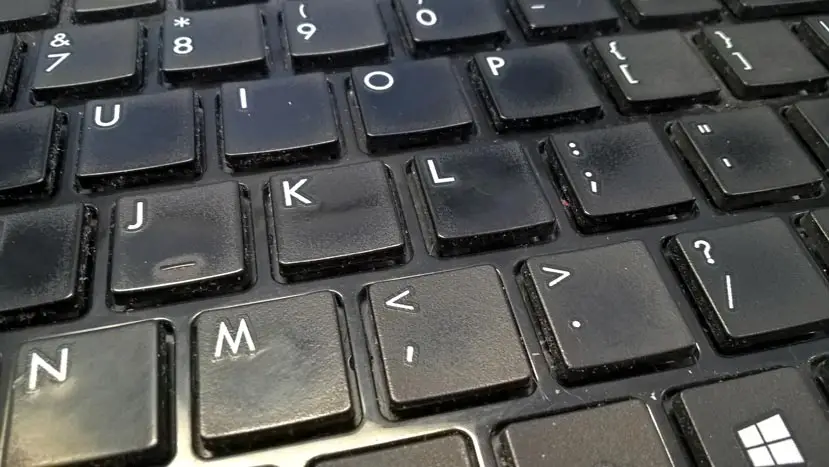
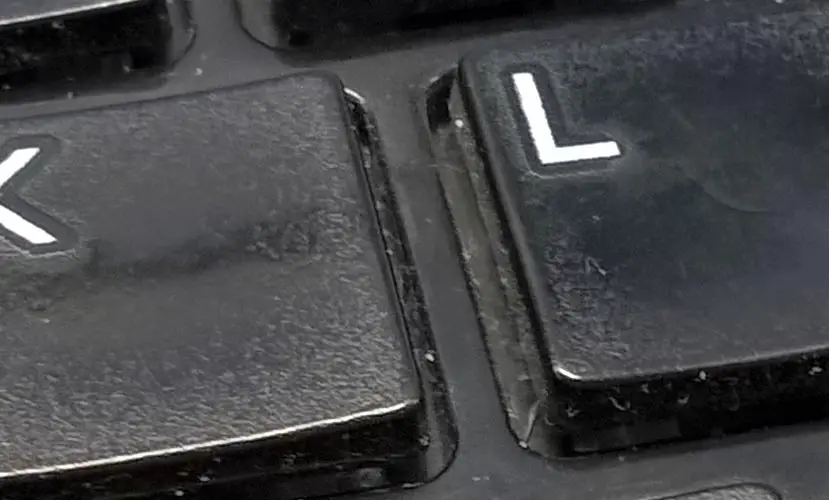


Reception/Call Quality
I had no issues with reception in my area, or even while camping out of town. Call quality on the Lumia 640 LTE was clear and there were no issues on either end of the call as far as clarity and volume is concerned.
Battery Life
Like the 640 XL, the 640 has outstanding battery life, even with the slightly smaller 2500mAh battery – which makes sense given the screen on the 640 LTE is almost 3/4 of an inch smaller. I consistently got just under 2 days of battery life with normal use which definitely made it a great device when out on the road and while camping.
Price/Value
The Lumia 640 LTE can be found for as low as $130USD off contract, which is a great price for a budget/starter phone. While the screen is only 720p, the smaller screen size does give it just under 300 ppi so most apps and text looks pretty crisp. Couple the price with a better than average camera and outstanding battery life and the value for the price is definitely there.
Wrap Up
The Lumia 640 LTE is a great and affordable budget phone with a decent screen and outstanding battery life and great performance. If you’re looking for a budget or starter phone, and have been considering a Windows Phone, you’ll want to consider the Lumia 640 – especially with Windows 10 Mobile due out later this year.
[rwp-review id=”0″]*We were sent a demo unit of the Microsoft Lumia 640 LTE for the purposes of this review.
Last Updated on November 27, 2018.

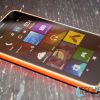
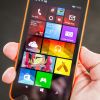
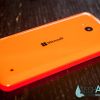

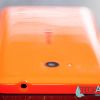

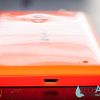

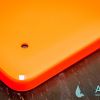
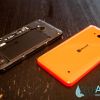
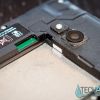
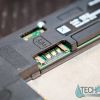
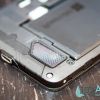
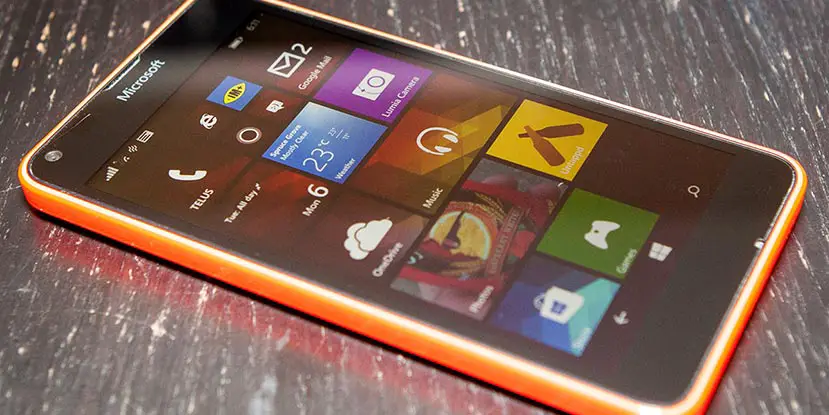








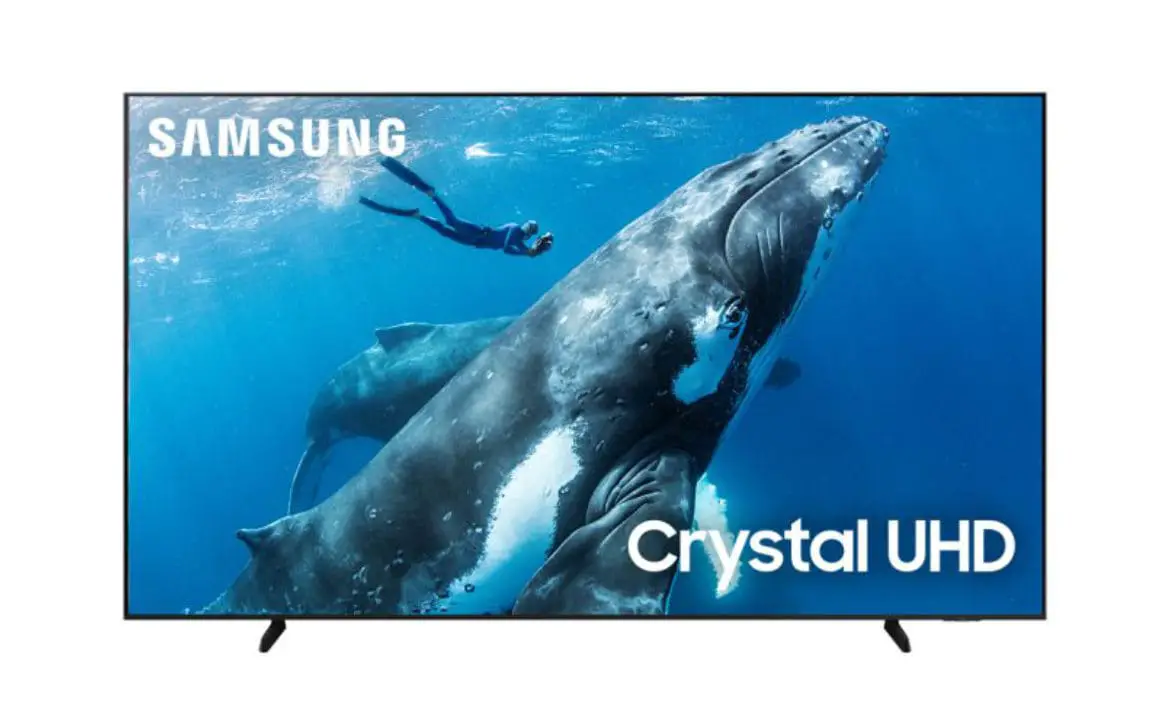
Comments are closed.